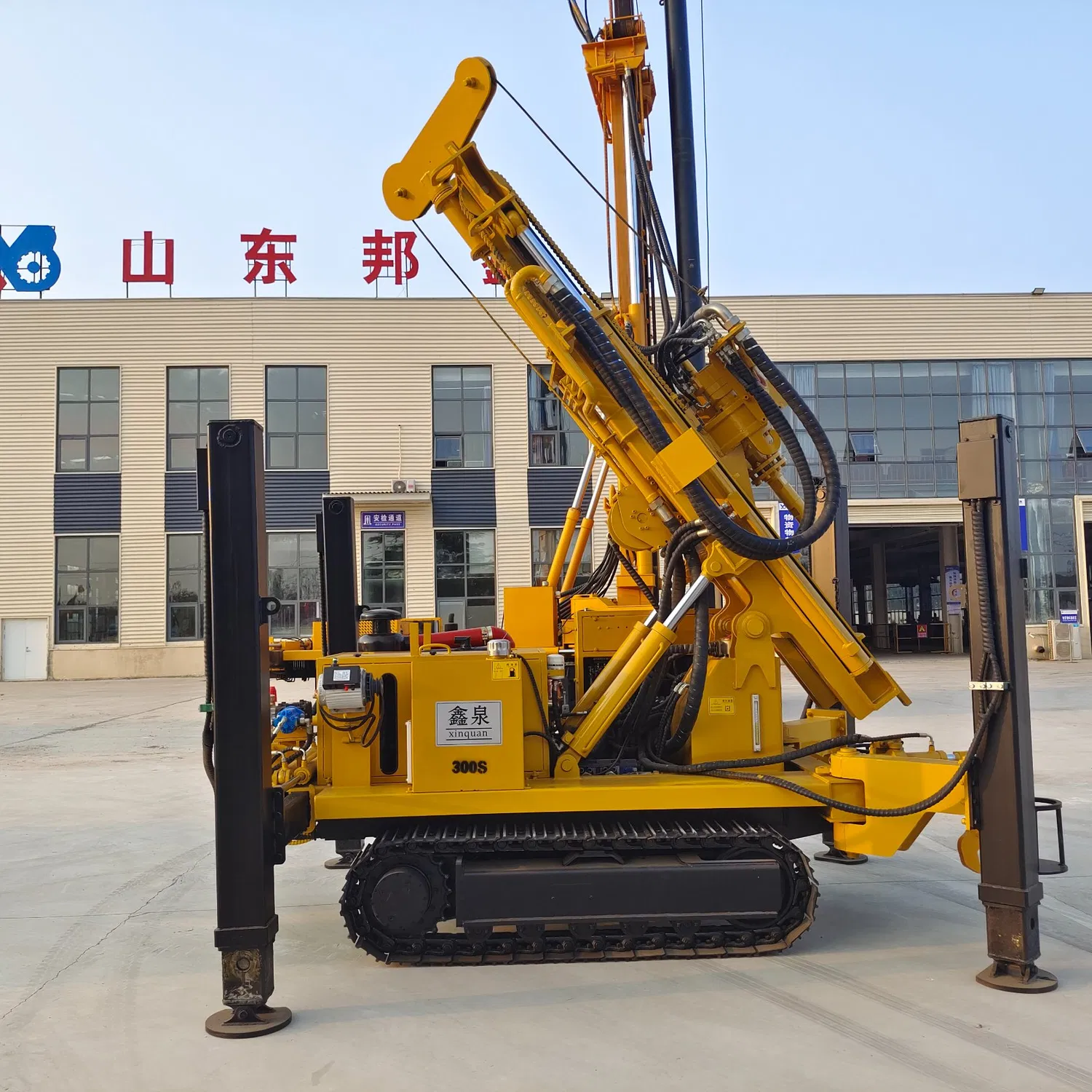Selection Considerations for Water Well Drilling Rig in Red Clay Areas
Red clay, a special regional clay, has unique properties. It has a high natural water content (40%–60%), low density, large void ratio, and usually stays in a hard or firm-plastic state. When drilling water wells in red clay areas, the selection of water well drilling rig is crucial.
-
Rotary drills:
- Positive and reverse circulation mud-flushed turntable drills suit red clay areas. They carry cuttings via mud circulation to handle red clay characteristics. However, due to high plasticity, adjust mud properties to prevent bit balling.
- If red clay contains sand and gravel, reverse circulation drills have an edge. Their high upward flow velocity in drill pipes efficiently discharges cuttings and pebbles, though drilling depth is usually within 150m.
-
Hydraulic power head drills:
- Ideal for deeper wells, they drive drill pipes and bits to cut red clay layers rapidly. They also facilitate easy drill tool loading/unloading and casing running. Note: Ensure sufficient torque output to counter red clay’s high friction for drilling efficiency.

- Ideal for deeper wells, they drive drill pipes and bits to cut red clay layers rapidly. They also facilitate easy drill tool loading/unloading and casing running. Note: Ensure sufficient torque output to counter red clay’s high friction for drilling efficiency.
-
Impact drills:
- Simple in structure but limited in red clay areas. Clay viscosity hinders debris removal, failing to sync with drilling operations, leading to low efficiency. However, in areas with thin red clay and large stones, grab-type impact drills can snatch cuttings and stones with their claws.
-
Composite drills:
- Pneumatic down-the-hole hammer drills combine impact and rotation to enhance red clay penetration. Caution: Air-based debris removal may be affected by clay viscosity—adjust air pressure parameters for efficient drilling.
Selecting water well drilling rig in red clay areas requires integrating red clay characteristics and drill performance to achieve efficient and high-quality well drilling.
 Sonda de perfuração Bangxin
Sonda de perfuração Bangxin